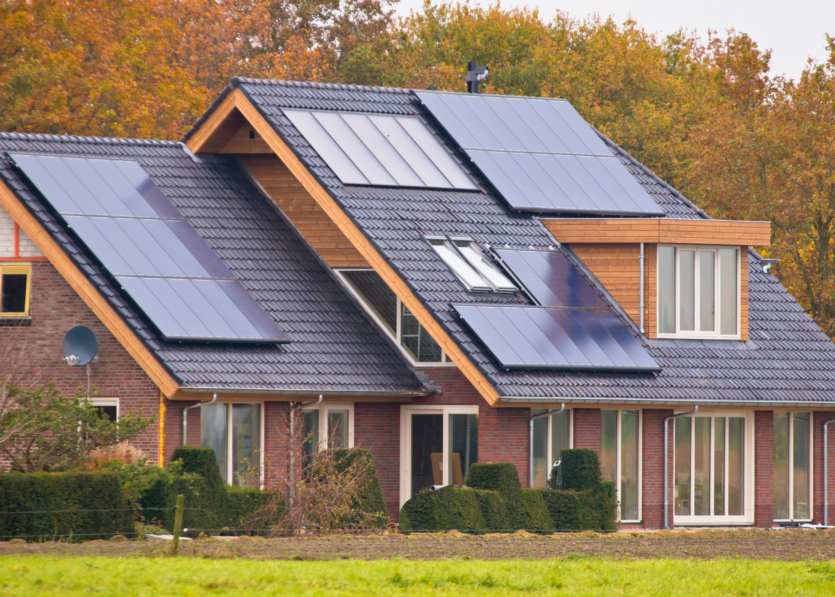
A study, conducted by European scientists from the Switzerland, Austria, and Germany demonstrated, that solar panels, installed in the late 80s of the last century, continue to operate stably and generate electricity.
The researchers monitored six photovoltaic systems, that were installed in Switzerland between 1987 and 1993 in different climatic zones, from temperate valleys to high mountain research stations. It is noted, that on average, these panels lost only 0.24% of productivity per year. In practice, most of these panels still retain up to 80% of their own power, which far exceeds the warranty period of 25-30 years.
“These data really show, that PV cells can last longer than expected, and this is an important message for the PV industry”, — said in the comments to the journalists of the publication Chemistry World lead author of the study from the University of Applied Sciences and Arts of Southern Switzerland Ebrar Ozkalay.

This is similar to the results obtained in France in 2024. The non-profit organization Hespul, which specializes in renewable energy, tested the country’s oldest solar panel, installed on the roof of a building back in 1992. After 31 years, the panels were still operating at almost 80% of their original capacity. Overall these studies show, that solar panels, even those, that use outdated technologies, created several decades ago, can work for a very long time.
In a study, that examined the characteristics of long-term operation of solar panels in Switzerland, it was found, that the location is important. In particular, panels in cities, located at low altitudes, wore out faster, as surfaces in such cities could heat up to 80°C in summer. The constant heating and cooling cycles put stress on the materials, which led to localized corrosion and reduced electrical conductivity.
Meanwhile, the panels, installed in the highlands, were surprisingly resistant to the cold. They were exposed to high-intensity ultraviolet radiation and sharp temperature changes, but in general, they retained their performance characteristics better than the panels installed in the lowlands.
Another equally important aspect, is what the authors of the study call the “material specification.” Manufactured using strong encapsulants, adhesives, and laminated backing layers, the panels lasted much longer. The modules of the early 1990s used durable ethylene vinyl acetate encapsulators.
The back layers were made of tedlar, and the strong structures were made of glass and foil. For example, Siemens SM55-HO high-performance panels, even had other fillers in the laminate to increase efficiency, which affected their durability. However, not all panels performed equally well over time.
Older models, manufactured before UV stabilizers were added to the compounds, were more likely to show discoloration and delamination. Others showed defects in the following areas of soldered joints, which also reduced their efficiency.
Today, solar energy is no longer an experimental provides more than 8% of the world’s electricity consumption. The study shows, that efficiency savings or the drive to reduce costs at the expense of quality can be misguided. The results of the study demonstrate, that saving on efficiency improvements or seeking to reduce costs at the expense of quality may prove to be a mistake.
“The specification of materials — everything, that goes into a panel — affects performance, even if it’s all produced by the same company”, — explains the photovoltaic technologies at the US National Renewable Energy Laboratory Dirk Jordan.
Modern photovoltaic modules are made of thinner and cheaper materials. This can reduce the cost of solar panels, but at the same time, their lifespan will be shorter. In particular, in Gujarat, India, many solar installations, built in 2009-2013, have seriously failed and require replacement in 8-12 years, which is much shorter than the standard 25-year service life. Among the reasons for this are microcracks and poor assembly quality, defects in solder joints, and improper maintenance.
Older panels remind us that durability is no less important than efficiency. Longer-lasting panels mean fewer replacements, lower costs, and a smaller carbon footprint.
The results of the study were published in the journal EES Solar
Source: ZME Science

Spelling error report
The following text will be sent to our editors: